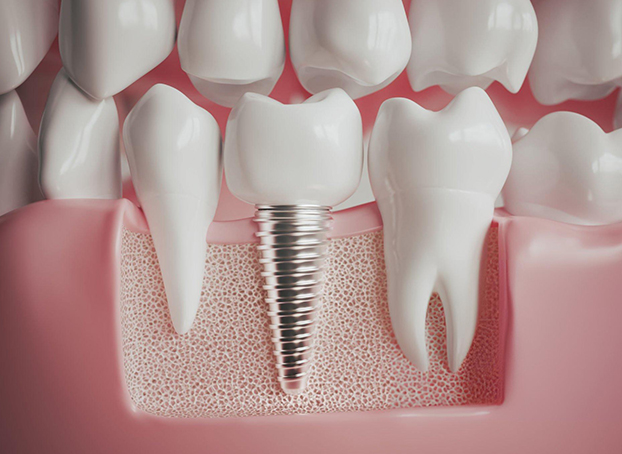Will I Need a Bone Graft for Dental Implants

Expectations for Bone Grafting in Dental Implants
Bone Grafting for Dental Implants
According to the CDC, nearly 20% of adults aged 65 or older have lost all of their teeth. Restoring lost bone in the jaw through a bone graft treatment after tooth loss is crucial. This procedure helps ensure proper long-term support for future implants and artificial teeth. A bone graft rebuilds lost bone inside the jaw and is recommended for patients experiencing bone density loss due to tooth loss.
Ideal candidates for a bone graft include those planning to get implants for missing teeth, individuals with tooth loss or gum disease, and those with bone loss. Natural teeth stimulate the jawbone, but when teeth are lost, the supporting bone loses its function, leading to resorption. This process involves the body absorbing calcium from the jawbone and redistributing it elsewhere.
The lack of calcium in the jawbone can make it challenging to support an implant. Resorption also reduces the amount of bone available to bond with the titanium implant, affecting its stability. A bone graft procedure aims to rebuild lost bone density after natural tooth loss.
“It is essential to restore lost bone in the jawbone through bone graft treatment after tooth loss.”
Bone Grafting: Why It's Needed
Signs That Indicate a Bone Graft Is Necessary
“If the bone is soft, then a minor bone graft might be required to strengthen the bone and provide additional support for the implant.”
How Bone Grafting Works
Different types of bone grafts are used in procedures, including autograft, allograft, xenograft, and alloplastic graft. Most procedures involve real bone, but synthetic bone material is used for an alloplastic graft. The specific steps vary depending on the type of bone grafting procedure. Typically, natural bone or synthetic material is placed into the jawbone above the missing tooth through a minor surgical procedure. The bone then needs to heal and fuse with the existing bone, which usually takes two to three months.
Bone grafting is a common procedure, with a 2016 study showing that nearly half of 800 people with dental implants needed a bone graft before implantation. A bone graft provides additional support for the dental implant, reducing the risk of failure during placement. This augmentation can enhance the appearance, function, and oral health of the patient.
“It typically involves taking either natural bone or a synthetic bone material and placing it into the jawbone above the missing tooth through a minor surgical procedure.”
After the Procedure: What You Can Anticipate
Patients may have different conditions, oral health statuses, and recovery processes, but there are several ways to help speed up jaw healing. Bone grafting can lead to swelling, bruising, and minor gum bleeding post-procedure. To promote faster recovery, stick to soft foods and avoid dark or sugary beverages. Additionally, maintaining good oral hygiene with gentle brushing, flossing, and mouthwash is crucial.
We recommend seeking a qualified oral surgeon or implant specialist for bone graft procedures, as they are the most experienced in this area. Patients should take an active role in their oral health and understand their treatments and providers. Ask your dentist about their experience with bone grafting and inquire about the success rates of their treatments. Before scheduling a consultation, consider looking at before-and-after testimonials and patient reviews online.
“To recover as quickly as possible, stick to soft foods and avoid dark beverages or sugary drinks.”
Alternative Options
While bone grafting may be the only option for single-tooth implants, there are alternative options available for those interested in full arch or full mouth dental implants. These alternatives include full arch prostheses and zygomatic prostheses.
Full arch prostheses are secured to the jaw using 4 to 6 implants, providing sufficient stability. To be eligible for this procedure, patients must have 4 to 6 areas of adequate bone for implant placement. On the other hand, zygomatic prostheses involve long implants inserted into the cheekbone rather than the jawbone. This eliminates the need for a bone graft, even for patients with low bone density. A study of 2,402 zygomatic implants demonstrated a success rate of 96.7% over a 12-year period, making them a safe and effective option in oral surgery.




